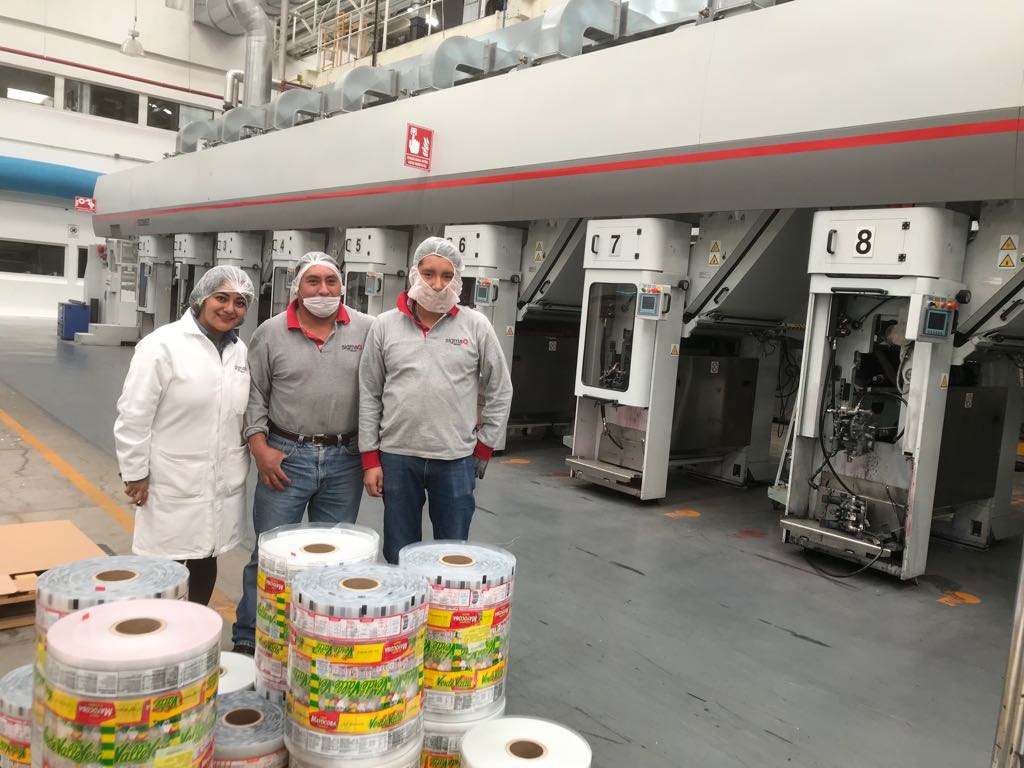
It is well known throughout the packaging industry that flexibles are one of the fastest-growing market segments in the world and the United States.
But you might not know the causes of this growth. While consumer convenience and cost efficiency for corporations are established benefits, sustainability is also a fundamental cause for the rise of flexible packaging.
This blog will explore the eco-friendly drivers for flexible packaging’s popularity and explain why flexibles are more sustainable than other packaging options.
Why is flexible packaging the fastest-growing packaging segment?
As sustainability regulations for packaging become more demanding, organizations must gain a comprehensive knowledge of local, state, and federal laws and guidelines in addition to industry-specific ones.
As environmental legislation influences packaging design, companies are leaning into flexible packaging to reduce energy and resource consumption.
For example, flexible packaging reduces landfill usage in two ways. First, it is a more efficient form of packaging, requiring less landfill space than rigid plastic containers. Second, flexibles extend the shelf life of food, which also reduces waste.
Below are numerous additional sustainability benefits of flexible packaging.
Flexible packaging is a more eco-friendly option
According to the Flexible Packaging Association, flexibles provide various sustainability advantages when compared to other package formats, including:
Material and resource efficiency
Life cycle analyses demonstrate that the relative light weight of flexible packaging typically allows organizations to reduce: fossil fuel use, greenhouse gas emissions, and water use.
Diminished transportation
Suppliers usually ship flexible packages in large quantities of rolls or bags, reducing the number of transporting vehicles needed compared to rigid packaging.
High product-to-package ratio
Analysts determine material efficiency by comparing the product’s weight and packaging’s weight. In nearly all circumstances, flexible packaging has a higher product-to-package ratio than other packaging formats.
Product protection
Flexible packaging preserves products and reduces spoilage. Also, flexibles are effective for e-commerce shipping because they can avoid spillage and resist denting and breakage.
Source reduction
Flexible packaging ordinarily weighs less than other materials, which results in source reduction, which is the top component of the EPA’s Waste Hierarchy.
Interested? Need more info?
Contact a SigmaQ Flexible Packaging Expert.
